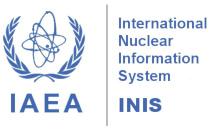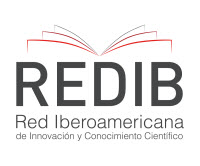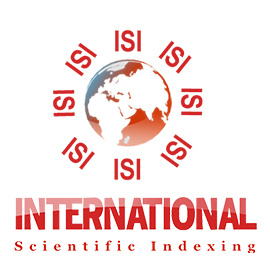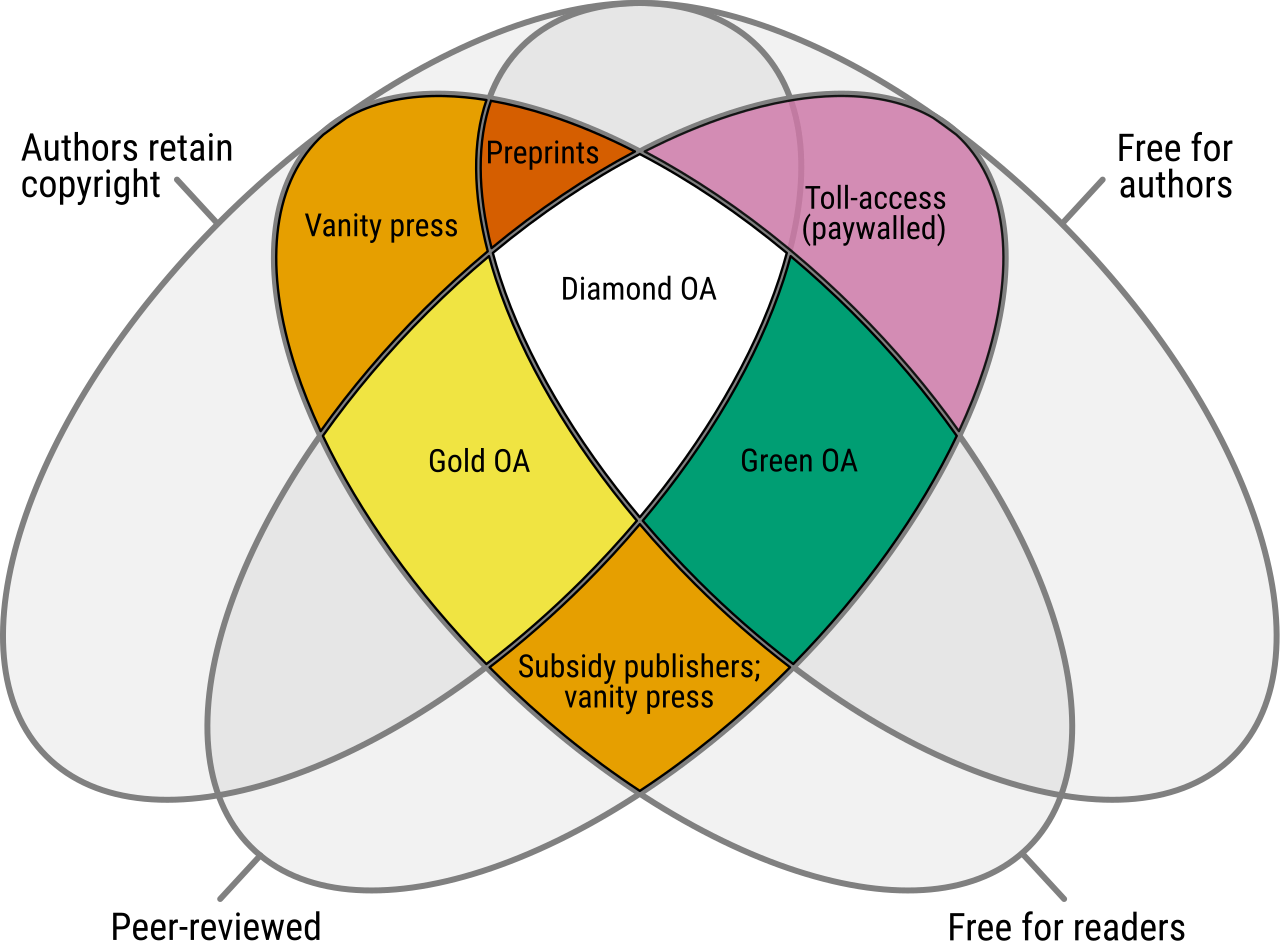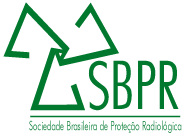Analysis of lenses absorbed dose in head CT scan with the use of bismuth shielding
DOI:
https://doi.org/10.15392/bjrs.v6i2A.446Keywords:
Computed Tomography, Dosimetry, Bismuth shielding.Abstract
Computed Tomography (CT) has become an important tool to diagnose cancer and to obtain additional information for different clinical questions. However, CT scan usually requires a higher radiation exposure than a conventional radiography examination. Head CT scans are used for diagnosis of traumatic head injuries, infections and other diseases with instability. Based on this information, it was studied the dose variation deposited in the lenses and in nearby organs, such as: pharynx, hypophysis and salivary gland with and without the use of bismuth shield. In this study a head CT scan was performed on anthropomorphic male phantom using a GE scanner. Dose measurements have been performed by using radiochromic film strips to register the individual doses in the organs of interest. The results show us that the lenses had a reduction of 26% of the dose with the use of the bismuth shield.
Downloads
References
ALONSO, T. C; MOURÃO, A. P; SANTANA, P. C. Assessment of breast absorbed doses during thoracic computed tomography scan to evaluate the effectiveness of bismuth shielding. Ap-plied Radiation and Isotopes, v. 117, p. 55-57, 2016. DOI: https://doi.org/10.1016/j.apradiso.2016.03.018
GOO, H. W. CT radiation dose optimization and estimation: an update for Radiologists. Korean J Radiol, v. 13, p. 1-11, 2012. DOI: https://doi.org/10.3348/kjr.2012.13.1.1
ALEME, C; LYRA, M. A; MOURÃO, A. P. Evaluation in the use of Bismuth Shielding on cervical spine CT scan using a Male Phantom, In: INTERNATIONAL SYMPOSIUM ON SOL-ID STATE DOSIMETRY, 2014, Cusco., Peru, p. 664-669.
GBELCOVÁ, L; NIKODEMOVA, D; HORVÁTHOVÁ, M. Dose reduction using Bis-muth shielding during paediatric CT examinations in Slovakia. Radiation Protection Dosimetry, v. 147, p. 160-163, 2011. DOI: https://doi.org/10.1093/rpd/ncr336
COLLETTI, P. M; MICHELI, O. A; LEE, K. H. To shield or not to shield: application of bismuth breast shields. AJR, v. 200, p. 503-507, 2013. DOI: https://doi.org/10.2214/AJR.12.9997
GIADDUI, T; CUI, Y. J; GALVIN, W; CHEN, Y; YU, Y; XIAO, Y. Characteristics of Gafchromic XRQA2 films for kV image dose measurement. Medical Physics, v. 39, p. 842-850, 2012. DOI: https://doi.org/10.1118/1.3675398
MOURÃO, A. P; ALONSO, T. C; SILVA, T. A. Dose profile variation with voltage in head CT scans using radiochromic films. Radiation Physics and Chemistry, v. 95, p. 254-257, 2014. DOI: https://doi.org/10.1016/j.radphyschem.2013.05.013
COSTA, K. C; GOMEZ, A. M. L; ALONSO, T. C; MOURÃO, A. P. Radiochromic film calibration for the RQT9 quality beam. Radiantion Physics and Chemistry, v. 140, p. 370-372, 2017. DOI: https://doi.org/10.1016/j.radphyschem.2017.02.032
Downloads
Published
Issue
Section
Categories
License
Copyright (c) 2021 Brazilian Journal of Radiation Sciences

This work is licensed under a Creative Commons Attribution 4.0 International License.
Licensing: The BJRS articles are licensed under a Creative Commons Attribution 4.0 International License, which permits use, sharing, adaptation, distribution and reproduction in any medium or format, as long as you give appropriate credit to the original author(s) and the source, provide a link to the Creative Commons license, and indicate if changes were made. The images or other third party material in this article are included in the article’s Creative Commons license, unless indicated otherwise in a credit line to the material. If material is not included in the article’s Creative Commons license and your intended use is not permitted by statutory regulation or exceeds the permitted use, you will need to obtain permission directly from the copyright holder. To view a copy of this license, visit http://creativecommons.org/licenses/by/4.0/






